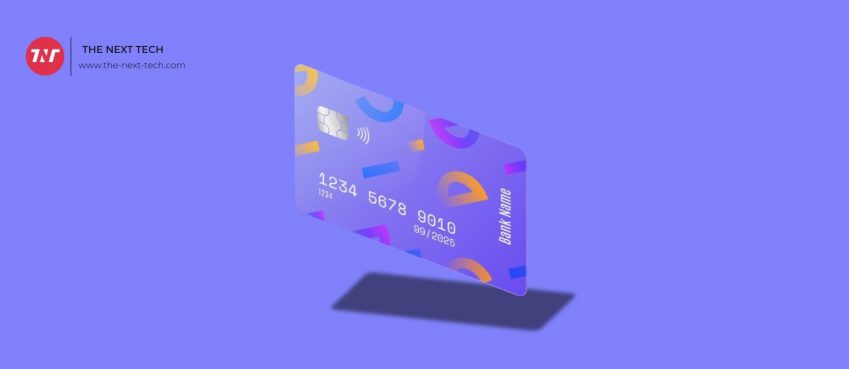
Gone are the days when architects relied solely on physical models and paper sketches to convey their vision. The digital era brought about a significant shift in cloud-based rendering in revolutionizing architectural visualization and design, with advanced technologies enabling more sophisticated and detailed representations of architectural designs. Among these advancements, cloud-based rendering and by extension, online rendering services have emerged as a game-changer, reshaping the landscape of architectural design and visualization.
The Evolution of Architectural Visualization
The journey from hand-drawn sketches to computer-generated imagery (CGI) in architecture has been remarkable. Initially, architects conveyed their designs through detailed drawings and miniature models, which, while effective, were time-consuming and difficult to modify. The advent of 3D modeling software marked a significant turning point, allowing for more precise and dynamic representations of architectural ideas.
However, traditional rendering techniques, despite their advantages, had limitations. High-quality renders were often resource-intensive, requiring powerful hardware and substantial time to produce. This bottleneck became more pronounced with the increasing complexity of architectural designs, leading professionals to seek more efficient solutions, such as the use of a render farm. Render farms, which are networks of computers designed to distribute the rendering process, significantly expedite the production of high-quality architectural visuals by leveraging the collective power of multiple systems.
Also read: The 15 Best E-Commerce Marketing ToolsWhat is Cloud-Based Rendering?
Cloud-based rendering refers to the process of using cloud computing resources to generate photorealistic images or animations from 3D models. Unlike local rendering, which relies on an individual’s computer hardware, cloud rendering leverages distributed computing power across a network of remote servers. This approach allows for the processing of large amounts of data simultaneously, significantly reducing rendering times.
Key components of cloud-based rendering technology include scalable compute resources, high-speed data storage, and advanced rendering software. These elements work in tandem to deliver high-quality visualizations quickly and efficiently.
Benefits of Cloud-Based Rendering in Architecture
Cloud-based rendering offers numerous advantages for architectural visualization, including:
- Scalability and Flexibility: Architects can handle more complex projects without being constrained by local hardware limitations.
- Speed and Efficiency: Rendering tasks that once took hours or days can now be completed in minutes, accelerating project timelines.
- Cost-effectiveness: Reduces the need for expensive hardware and software investments, as rendering can be outsourced to the cloud on a pay-per-use basis.
- Collaboration and Accessibility: Facilitates remote work and team collaboration, allowing architects and designers to access projects from anywhere, at any time.
Real-World Applications and Case Studies
Several architectural firms have successfully integrated cloud-based rendering into their workflows, achieving remarkable results in design quality, project efficiency, and client satisfaction. Case studies reveal how these firms have managed to shorten project timelines, reduce costs, and enhance the visual appeal of their designs through the adoption of cloud rendering solutions.
Interviews with industry experts and architects who have transitioned to cloud-based rendering highlight the transformative impact of this technology on their work, underscoring its growing importance in the field.
Challenges and Considerations
Despite its advantages, cloud-based rendering also presents certain challenges. Technical issues, such as data transfer speeds and rendering job management, can arise. Security and privacy concerns are paramount, given the sensitive nature of architectural projects and the use of cloud services. Additionally, compatibility and integration with existing architectural software and tools must be carefully managed to ensure smooth workflows.
Future of Architectural Visualization with Cloud-Based Rendering
Looking ahead, cloud rendering is set to play a pivotal role in the future of architectural visualization. Emerging trends, such as the integration of AI and machine learning, promise to further enhance rendering capabilities, enabling even more realistic and detailed visualizations.
Predictions for the future suggest that cloud-based rendering will not only streamline the design process but also foster innovative design solutions, transforming how architects visualize and communicate their ideas.
Also read: Top 10 Programming Languages for Kids to learnConclusion
The rise of cloud-based rendering marks a significant milestone in the evolution of architectural visualization. Its ability to deliver high-quality, efficient, and flexible rendering solutions is transforming the industry, enabling architects to explore new horizons in design and visualization. As technology continues to advance, embracing these new tools will be crucial for firms looking to stay at the forefront of architectural innovation and design excellence.
Top 10 News
-
01
10 Top-Rated AI Hugging Video Generator (Turn Images Into Ki...
Monday December 23, 2024
-
02
10 Top-Rated Face Swap AI Tools (Swap Photo & Video Ins...
Friday December 20, 2024
-
03
10 Exciting iPhone 16 Features You Can Try Right Now
Tuesday November 19, 2024
-
04
10 Best Anatomy Apps For Physiologist Beginners
Tuesday November 12, 2024
-
05
Top 10 Websites And Apps Like Thumbtack
Tuesday November 5, 2024
-
06
Top 10 Sites Like Omegle That Offer Random Video Chat
Monday October 21, 2024
-
07
Entrepreneurial Ideas To Make 5K In A Month (10 Realistic Wa...
Monday October 7, 2024
-
08
[10 Best] Cash Advance Apps Like Moneylion And Dave (No Cred...
Friday September 20, 2024
-
09
Top 10 Richest Person In The World
Tuesday August 27, 2024
-
10
Top 10 Unicorn Startups In The World (2024-25)
Monday August 26, 2024







